- Great Learning
- Free Courses
- It & Software
Earn a certificate & get recognized
Introduction to TypeScript
Level up your web development expertise! Enrol in our free TypeScript course, earn a certificate, and transform your career. Don't miss out – start learning today!
Introduction to TypeScript
2.8K+ learners enrolled so far
Stand out with an industry-recognized certificate
10,000+ certificates claimed, get yours today!
Get noticed by top recruiters
Share on professional channels
Globally recognised
Land your dream job

Skills you will gain
Typescript
Javascript
Objects
Functions
Modules
Variables.
+1 More
Key Highlights
Get free course content
Master in-demand skills & tools
Test your skills with quizzes
About this course
Introduction to TypeScript is a free course designed to empower developers on their coding journey. Begin with the basics, exploring TypeScript's syntax and types, and delve into operators for effective data manipulation. Progress to mastering the implementation of TypeScript objects, gaining practical insights into real-world applications.
The course concludes with a concise summary, reinforcing key concepts. Whether you're a novice or seeking to refine your skills, this course provides a comprehensive understanding of TypeScript, setting you to confident and efficient coding. Happy coding, and enjoy your learning experience!
Course outline
Introduction to Typescript
In this module, you will learn about TypeScript, a statically-typed superset of JavaScript. You will learn about the benefits, features, and components of Typescript. It offers improved code quality and tooling, making it valuable for large-scale application development.
TypeScript - Basic Syntax
In this module, you will learn the fundamental syntax of TypeScript, including identifiers, keywords, and comments, paving the way for TypeScript proficiency.
TypeScript Types
In this module, you will learn about TypeScript data types, including primitive types like numbers and strings, as well as complex types such as arrays and objects, providing a strong foundation for type-aware programming.
TypeScript - Operators
In this module, you will explore TypeScript operators, including arithmetic, comparison, and logical operators, enabling you to perform various operations and make comparisons in your TypeScript code.
TypeScript - Objects
In this module, you will delve into TypeScript objects, learning how to create, manipulate, and work with objects in your TypeScript applications, enhancing your ability to model real-world entities.
TypeScript - Implementation
In this module, you will dive into the implementation of TypeScript, applying the knowledge and skills acquired to build practical TypeScript applications, solidifying your proficiency in TypeScript development.
Typescript - Summary
In this module, you will find a summary that consolidates key concepts and takeaways from the TypeScript course, providing a comprehensive review of the covered material.
Get access to the complete curriculum once you enroll in the course
Stand out with an industry-recognized certificate
10,000+ certificates claimed, get yours today!
Get noticed by top recruiters
Share on professional channels
Globally recognised
Land your dream job

Introduction to TypeScript

2.25 Hours
Beginner
2.8K+ learners enrolled so far
Get free course content
Master in-demand skills & tools
Test your skills with quizzes
Refer and earn
Get learning discounts up to $20
Learner reviews of the Free Courses
5.0

5.0
Frequently Asked Questions
Will I receive a certificate upon completing this free course?
Is this course free?
What prerequisites are required to enrol in this Free Introduction to TypeScript course?
You do not need any prior knowledge to enrol in this Introduction to TypeScript course.
How long does it take to complete this Free Introduction to TypeScript course?
It is a 1.0 hour long course, but it is self-paced. Once you enrol, you can take your own time to complete the course.
Will I have lifetime access to the free course?
Yes, once you enrol in the course, you will have lifetime access to any of the Great Learning Academy’s free courses. You can log in and learn whenever you want to.
Will I get a certificate after completing this Free Introduction to TypeScript course?
Yes, you will get a certificate of completion after completing all the modules and cracking the assessment.
How much does this Introduction to TypeScript course cost?
It is an entirely free course from Great Learning Academy.
Is there any limit on how many times I can take this free course?
No. There is no limit. Once you enrol in the Free Introduction to TypeScript course, you have lifetime access to it. So, you can log in anytime and learn it for free online.
Who is eligible to take this Free Introduction to TypeScript course?
You do not need any prerequisites to learn the course, so enrol today and learn it for free online.
Become a Skilled Professional with Pro Courses
Gain work-ready skills with guided projects, top faculty and AI tools, all at an affordable price.


View Course

Included with Pro+ Subscription

View Course

Included with Pro+ Subscription
.jpg)
View Course

Included with Pro+ Subscription


View Course

Included with Pro+ Subscription


View Course

Included with Pro+ Subscription

View Course

Included with Pro+ Subscription

View Course

Included with Pro+ Subscription

View Course

Included with Pro+ Subscription

View Course

Included with Pro+ Subscription

View Course

Included with Pro+ Subscription

View Course

Included with Pro+ Subscription
.jpg)
View Course

Included with Pro+ Subscription

View Course

Included with Pro+ Subscription


View Course

Included with Pro+ Subscription




View Course

Included with Pro+ Subscription


View Course

Included with Pro+ Subscription
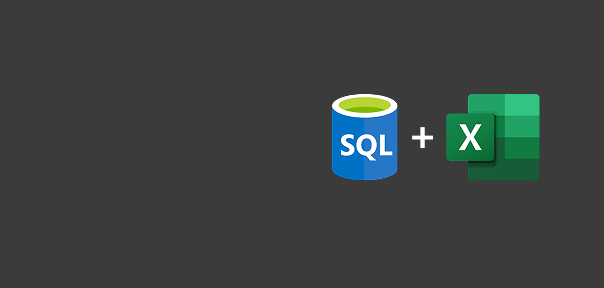

View Course

Included with Pro+ Subscription


View Course

Included with Pro+ Subscription


View Course

Included with Pro+ Subscription


.jpg)
View Course

Included with Pro+ Subscription
.png)
View Course

Included with Pro+ Subscription

View Course

Included with Pro+ Subscription

View Course

Included with Pro+ Subscription
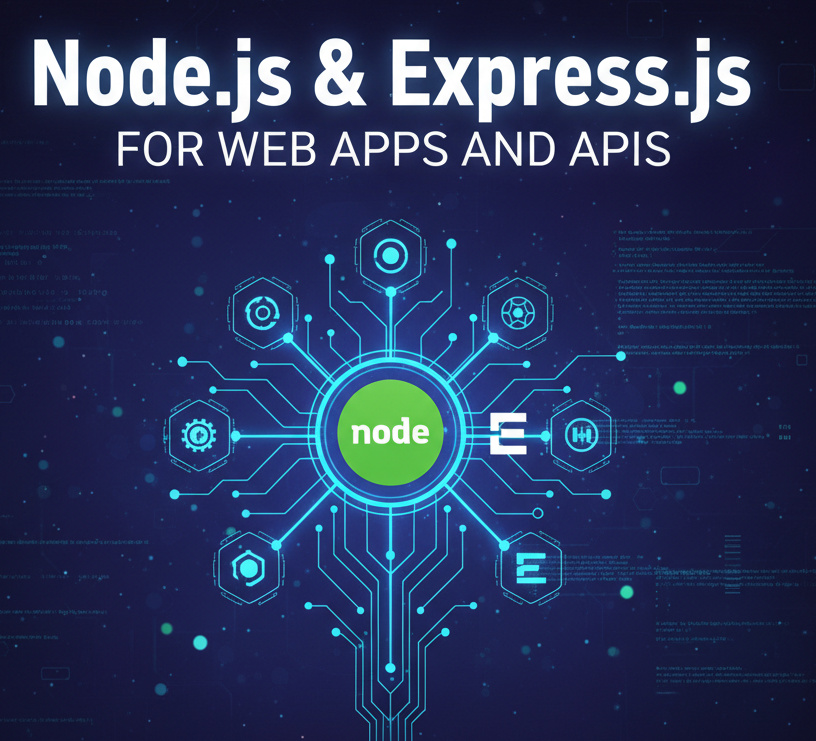
View Course

Included with Pro+ Subscription

View Course

Included with Pro+ Subscription
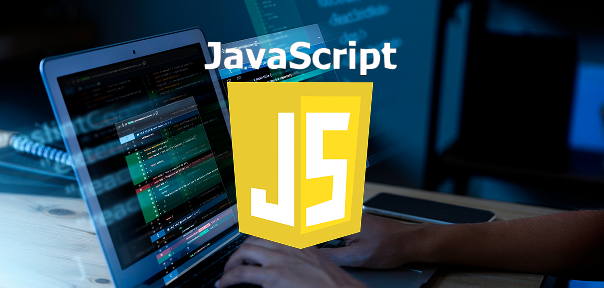
View Course

Included with Pro+ Subscription

View Course

Included with Pro+ Subscription
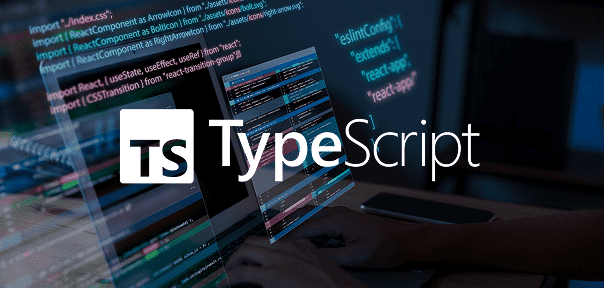
View Course

Included with Pro+ Subscription


View Course

Included with Pro+ Subscription

View Course

Included with Pro+ Subscription
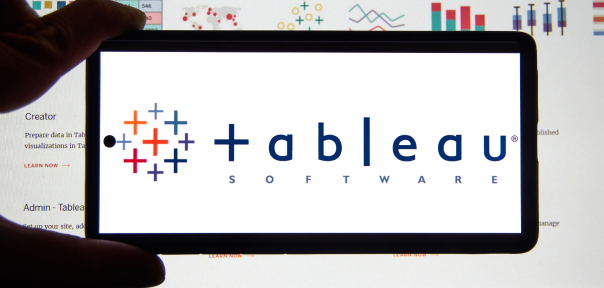
View Course

Included with Pro+ Subscription
.png)
View Course

Included with Pro+ Subscription

View Course

Included with Pro+ Subscription

View Course

Included with Pro+ Subscription

View Course

Included with Pro+ Subscription

View Course

Included with Pro+ Subscription

View Course

Included with Pro+ Subscription

View Course

Included with Pro+ Subscription
.jpg)
View Course

Included with Pro+ Subscription
.jpg)
View Course

Included with Pro+ Subscription
.jpeg)
View Course

Included with Pro+ Subscription
.jpg)
View Course

Included with Pro+ Subscription
.png)
View Course

Included with Pro+ Subscription


View Course

Included with Pro+ Subscription


View Course

Included with Pro+ Subscription


View Course

Included with Pro+ Subscription
.png)
View Course

Included with Pro+ Subscription
.jpg)

.jpg)

.png)

View Course

Included with Pro+ Subscription
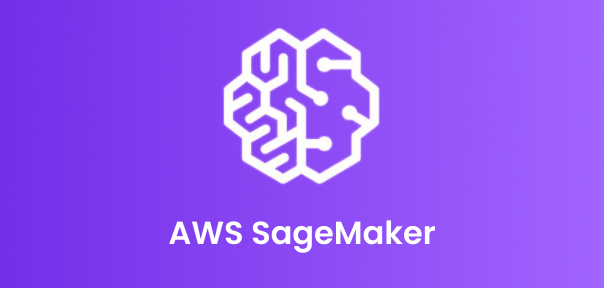

View Course

Included with Pro+ Subscription
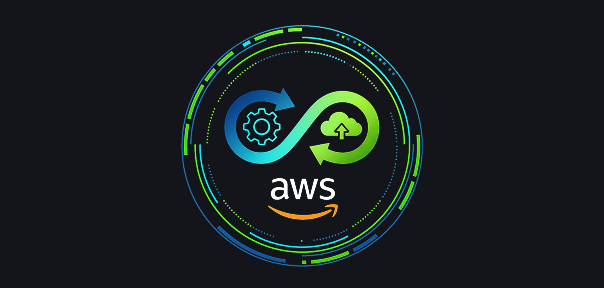
View Course

Included with Pro+ Subscription

View Course

Included with Pro+ Subscription

View Course

Included with Pro+ Subscription
.png)
View Course

Included with Pro+ Subscription
.png)
View Course

Included with Pro+ Subscription
.png)
View Course

Included with Pro+ Subscription
Popular


View Course

Included with Pro+ Subscription

View Course

Included with Pro+ Subscription
.jpg)
View Course

Included with Pro+ Subscription


View Course

Included with Pro+ Subscription


View Course

Included with Pro+ Subscription

View Course

Included with Pro+ Subscription

View Course

Included with Pro+ Subscription

View Course

Included with Pro+ Subscription
AI & Generative AI

View Course

Included with Pro+ Subscription

View Course

Included with Pro+ Subscription

View Course

Included with Pro+ Subscription
.jpg)
View Course

Included with Pro+ Subscription

View Course

Included with Pro+ Subscription


View Course

Included with Pro+ Subscription


Microsoft Courses


View Course

Included with Pro+ Subscription


View Course

Included with Pro+ Subscription


View Course

Included with Pro+ Subscription


View Course

Included with Pro+ Subscription


View Course

Included with Pro+ Subscription


IT & Software
.jpg)
View Course

Included with Pro+ Subscription
.png)
View Course

Included with Pro+ Subscription

View Course

Included with Pro+ Subscription

View Course

Included with Pro+ Subscription

View Course

Included with Pro+ Subscription

View Course

Included with Pro+ Subscription

View Course

Included with Pro+ Subscription

View Course

Included with Pro+ Subscription

View Course

Included with Pro+ Subscription
.png)
View Course

Included with Pro+ Subscription
.png)
View Course

Included with Pro+ Subscription

View Course

Included with Pro+ Subscription

View Course

Included with Pro+ Subscription

View Course

Included with Pro+ Subscription

View Course

Included with Pro+ Subscription

View Course

Included with Pro+ Subscription


View Course

Included with Pro+ Subscription

View Course

Included with Pro+ Subscription

View Course

Included with Pro+ Subscription


View Course

Included with Pro+ Subscription


View Course

Included with Pro+ Subscription
 (1).png)
View Course

Included with Pro+ Subscription
Data Science & ML


View Course

Included with Pro+ Subscription

View Course

Included with Pro+ Subscription

View Course

Included with Pro+ Subscription
.png)
View Course

Included with Pro+ Subscription

View Course

Included with Pro+ Subscription

View Course

Included with Pro+ Subscription
Management

View Course

Included with Pro+ Subscription

View Course

Included with Pro+ Subscription

View Course

Included with Pro+ Subscription

View Course

Included with Pro+ Subscription
.jpg)
View Course

Included with Pro+ Subscription
.jpg)
View Course

Included with Pro+ Subscription
.jpeg)
View Course

Included with Pro+ Subscription
.jpg)
View Course

Included with Pro+ Subscription
.png)
View Course

Included with Pro+ Subscription
.png)
View Course

Included with Pro+ Subscription
.png)
View Course

Included with Pro+ Subscription

View Course

Included with Pro+ Subscription
.png)
View Course

Included with Pro+ Subscription
.png)
View Course

Included with Pro+ Subscription
 (1).jpg)
View Course

Included with Pro+ Subscription
.png)
View Course

Included with Pro+ Subscription
Cloud Computing


View Course

Included with Pro+ Subscription


View Course

Included with Pro+ Subscription


View Course

Included with Pro+ Subscription
.png)
View Course

Included with Pro+ Subscription
.jpg)

.jpg)

.png)

View Course

Included with Pro+ Subscription


View Course

Included with Pro+ Subscription

View Course

Included with Pro+ Subscription
.png)



.png)

View Course

Included with Pro+ Subscription



Cyber Security

View Course

Included with Pro+ Subscription

View Course

Included with Pro+ Subscription
.png)
View Course

Included with Pro+ Subscription
.png)
View Course

Included with Pro+ Subscription
.png)
View Course

Included with Pro+ Subscription
Subscribe to Academy Pro+ & get exclusive features
$25/month
No credit card required

Learn from 40+ Pro courses

Access 500+ certificates for free
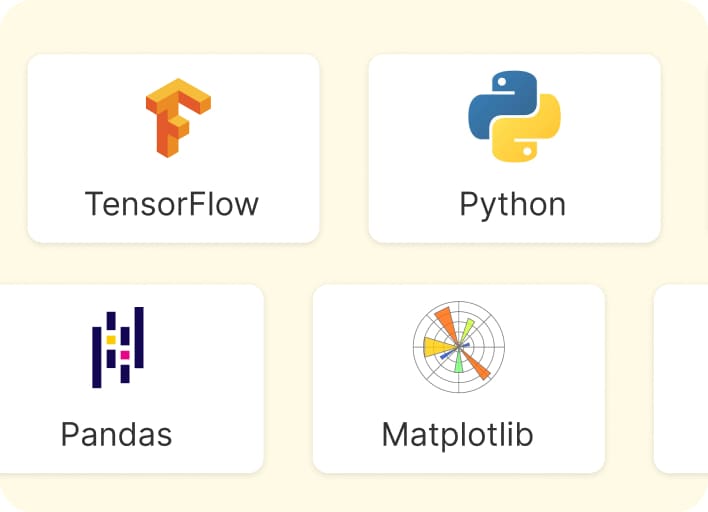
700+ Practice exercises & guided projects

Prep with AI mock interviews & resume builder
Recommended Free Software courses

.jpg)


Similar courses you might like




Relevant Career Paths >
Introduction to TypeScript
TypeScript, a superset of JavaScript, has rapidly gained popularity among developers seeking enhanced functionality and maintainability in their code. Created by Microsoft, TypeScript seamlessly builds on the strengths of JavaScript while introducing static typing, making it an invaluable tool for large-scale applications and complex projects.
At its core, TypeScript is designed to address some of the inherent challenges associated with JavaScript development, particularly in larger codebases. While versatile and widely used, JavaScript lacks static typing, which can lead to runtime errors that are challenging to catch during development. TypeScript alleviates this concern by introducing static typing, allowing developers to define the types of variables, function parameters, and return values. This results in more robust and predictable code, as type-related errors can be caught at compile-time rather than runtime.
One of the critical advantages of TypeScript is its compatibility with existing JavaScript code. Developers can gradually introduce TypeScript into their projects by renaming their .js files to .ts. TypeScript is designed to be a superset of JavaScript, meaning that any valid JavaScript code is also valid TypeScript code. This flexibility enables teams to adopt TypeScript incrementally, making the transition smoother and less disruptive.
TypeScript introduces various features that contribute to a more structured and maintainable codebase. Interfaces, for example, allow developers to define contracts for objects, ensuring that they adhere to a specific structure. This improves code documentation and enables intelligent code completion and better tooling support. Additionally, TypeScript supports generics, enabling the creation of reusable components that work with different data types.
The TypeScript compiler, known as tsc, plays a crucial role in the development process. It transpiles TypeScript code into standard JavaScript, making it compatible with all significant browsers and runtime environments. The compiler also provides valuable features such as source map support, allowing developers to debug their TypeScript code directly in their preferred browser's developer tools.
TypeScript's integration with modern development tools enhances the overall development experience. Popular code editors like Visual Studio Code offer robust support for TypeScript, providing features like autocompletion, real-time error checking, and quick navigation. Additionally, TypeScript integrates seamlessly with popular build tools and package managers, simplifying the development workflow.
As the JavaScript ecosystem continues to evolve, TypeScript has become the preferred choice for many developers working on large-scale projects. Its adoption is widespread in various domains, including web development and server-side development, and even in frameworks like Angular, which was developed by Google and relied heavily on TypeScript.
In conclusion, TypeScript stands as a powerful tool for JavaScript developers looking to enhance the reliability and maintainability of their code. By introducing static typing, interfaces, and other features, TypeScript addresses common pain points associated with JavaScript development. Its gradual adoption approach, compatibility with existing codebases, and integration with popular tools contribute to its growing popularity. As TypeScript celebrates its presence in the development landscape, it continues to empower developers to build robust and scalable applications.







